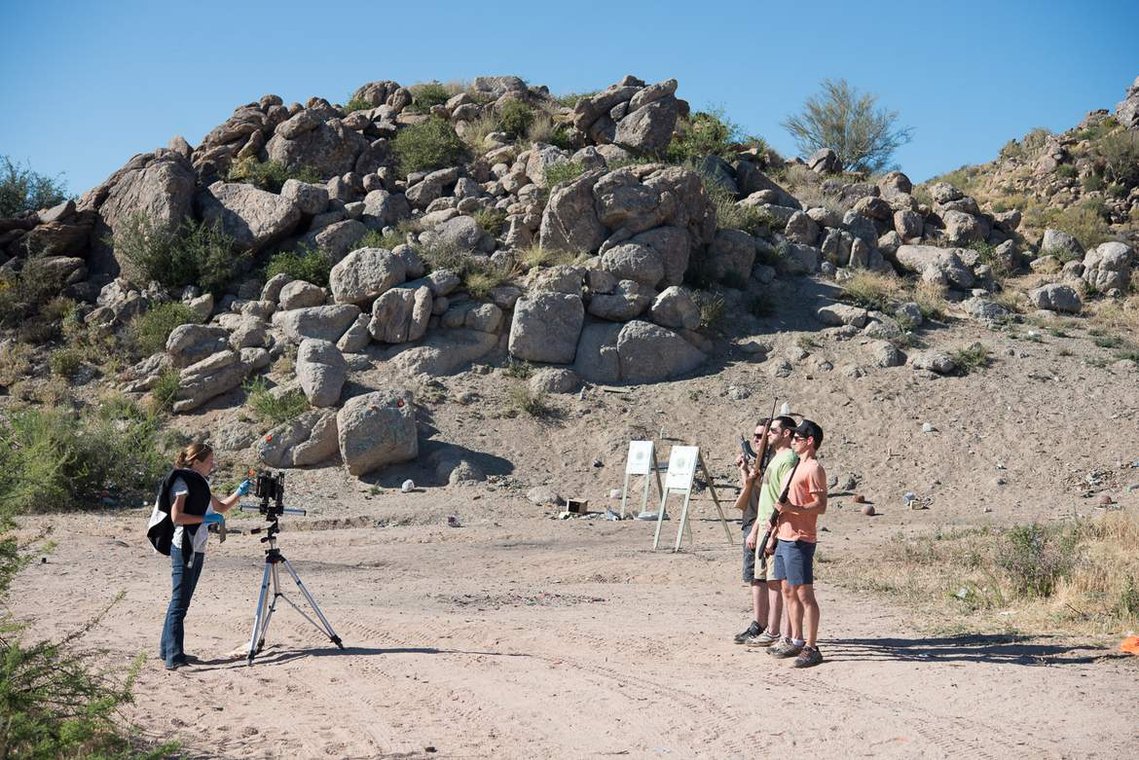What is the Wet Plate Collodion Process?
The historic photo process used to make a tintype or a glass plate negative is called the wet plate collodion process. This process originated in the 1850s.
The first images that were made with this process were on clear glass. This created a negative that could then be printed through (to produce a paper print) or the clear glass negative could have been backed with black cloth and framed (for keeping and viewing the object as a positive.)
A few years later, this same process was applied to thin sheets of metal with a black/dark surface...and tintypes were born!
What is a Tintype?
A tintype is a photographic object that is made by applying a collodion emulsion onto a piece of metal (I use aluminum), sensitizing that sheet of metal (a.k.a. "the plate") in silver nitrate (therefore making it light sensitive), placing the plate in a camera, letting light into the camera (exposing), and quickly taking the plate into a darkroom to develop and complete the process.
The result is a very unique image made directly on that piece of metal. A tintype is a direct positive (there is no negative) and is therefore one-of-a-kind.
Interesting Facts
Tintypes gained popularity during the American Civil War because of their ease of carrying. They were lightweight and they would not break like a glass plate could have.
The wet plate process is time sensitive. It's called the "wet plate" collodion process because the image needs to be processed while the chemicals are still wet. This is usually within 5 minutes of removing the plate from the silver bath it has been sensitized in.
The process is most sensitive to ultraviolet light. Therefore colors may appear differently than one may expect (reds appear dark, blues appear light.)
Contact
Please contact Kari to set up a portrait session or another tintype event, to set up a workshop or tutoring session, or with any further questions.
Some tintype originals are for sale and most images are available in the form of an archival digital print. Please contact for details.
Curious about Gear and Materials?
See this Unpack Section from Pro Photographer magazine.
(Field photograph above courtesy of Ryan Parra.)
